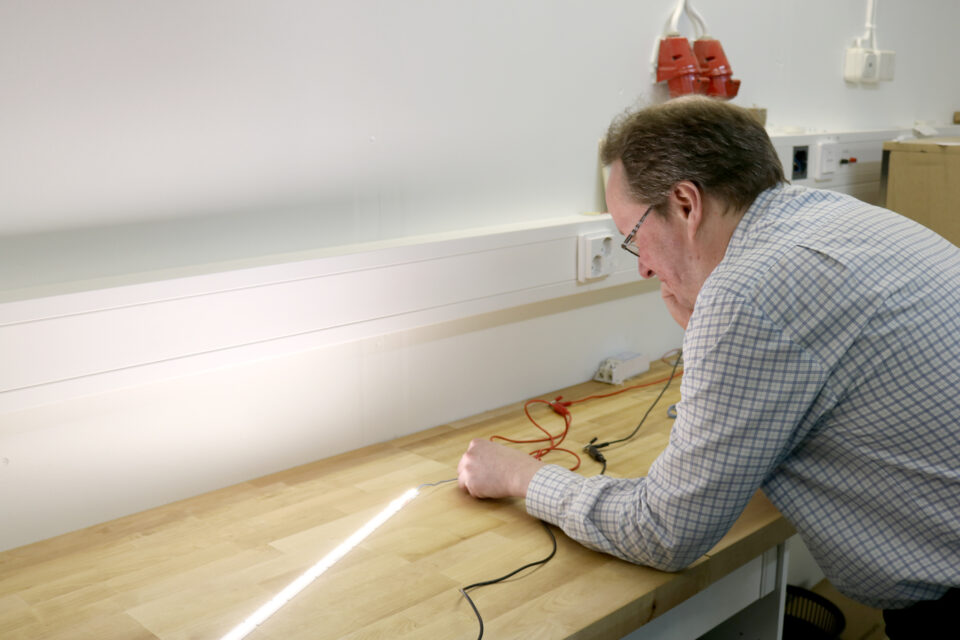A man from the world of physics. Tero has vast experience working with laser technology. Currently, Tero is the product manager for Arrant-Light Oy's aLED-modules, COB technology, and optics.
The first article of this 3-part blog post series was dealing with the near-term history of European directives and regulations related to energy efficiency and different energy-related products (ErP), not only energy-using products (EuP). Starting from Kioto 2005, this process has then proceeded to the situation, where new kinds of regulations have been taken into…
In this blog post series of 3 articles, our technical sales Tero Nurmi will tell you about the new EU regulations which will take part on 1st September 2021. In this blog series first Tero will tell you, what are these two different regulations: Single Lighting Regulation (SLR) and Energy Label Regulation (ELR). After that, Tero will…
This blog post deals with microwave sensors. Especially how they are used with general lighting components to realize intelligent lighting systems. Some pictures enlighten the possibilities of microwave sensor technology better than hundreds of words. Microwave Sensors Microwave motion sensors operate in a different way that e.g. more commonly used passive infrared sensors. MW sensor…
In my earlier post I went through the procedure of how to physically connect a single LED component into an AC network. The connection was made between COB LED and the LED driver. When connecting LED modules (LED diodes assembled on the PCB board) you do it pretty much the same way with slight differences.…
I have two blog posts for you focused on how you connect COB LED components into the electrical network. I mean, when you have either a single COB LED or an LED module based on SMD LED components assembled on a PCB board. Compared to traditional lighting, connecting LEDs to the electrical network is a whole…
What is the difference between a lens made from optical glass and the lens made from silicon, when used in street light application? In this blog post, I will explain the pros and cons of both lenses. I will also use a case example to showcase the differences. The Basics First let me explain few…
When we talk about color rendering, traditionally that conversation has been filled with CRIs and Ra-indexes. These traditional ways of telling how well certain light source represents sunlight have been criticised because they may not tell the whole truth. In recent years, LED manufacturers have been trying to answer this criticism by creating different products.…
OLED means Organic Light Emitting Diode. It works in similar way than (semiconductor) LED. Both need positive and negative charge carriers to generate electrical current and finally generate light. It is a surface light source based on organic material layers. LED, on the other hand, is a point light source that is based on semiconductor materials. But…
From this post, you can find the most frequently asked questions related to OLED panels. The post will be updated in the future if new questions arise. Q: What is OLED? Does it work in the same way as LED? A: OLED means Organic Light Emitting Diode. It works in similar way than (semiconductor) LED.…
The world market for OLED Lighting will grow to 1.6 billion US Dollars in next five years. This year the market is estimated to be 135 million Dollars. This is according to UBI Research. The situation is similar to LED market in 2007. When we introduced Citizen LED to our customers in 2007, many held…



